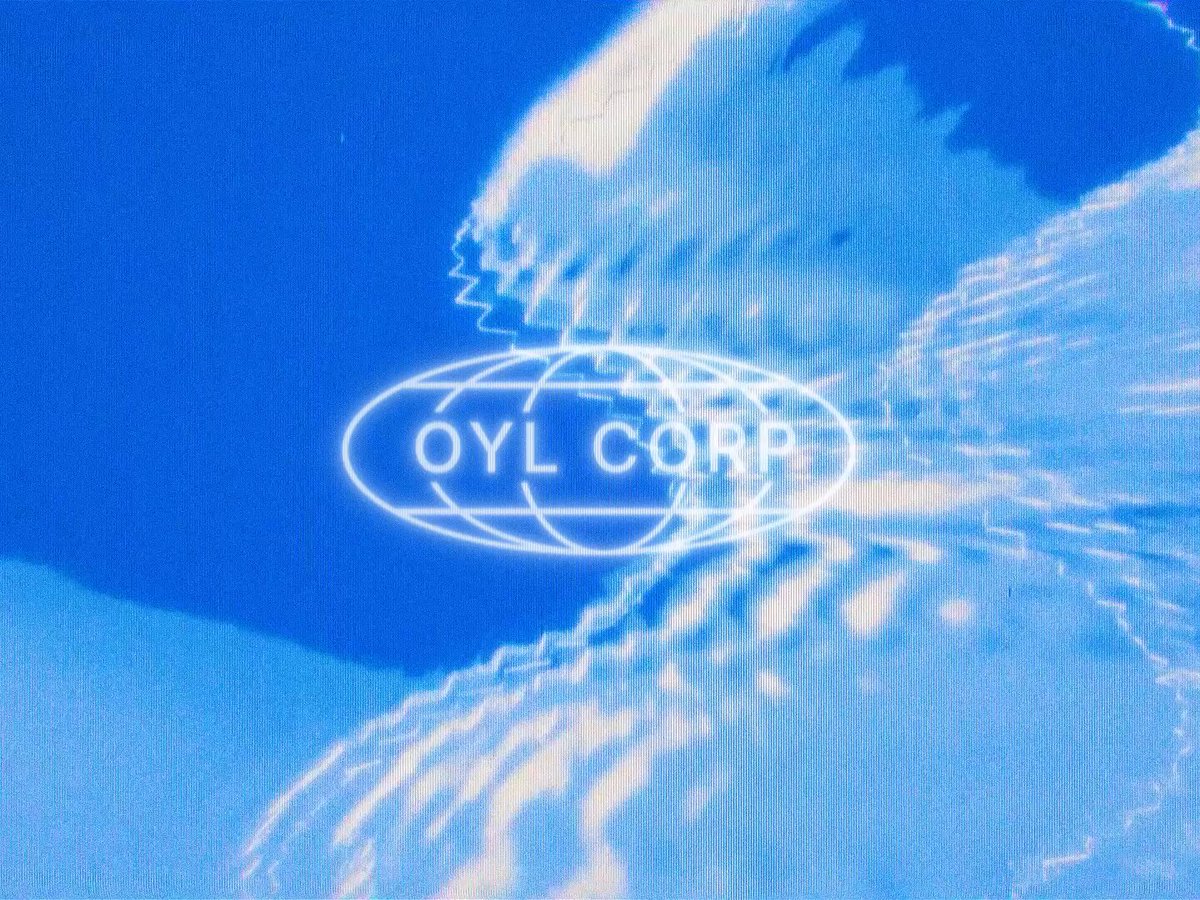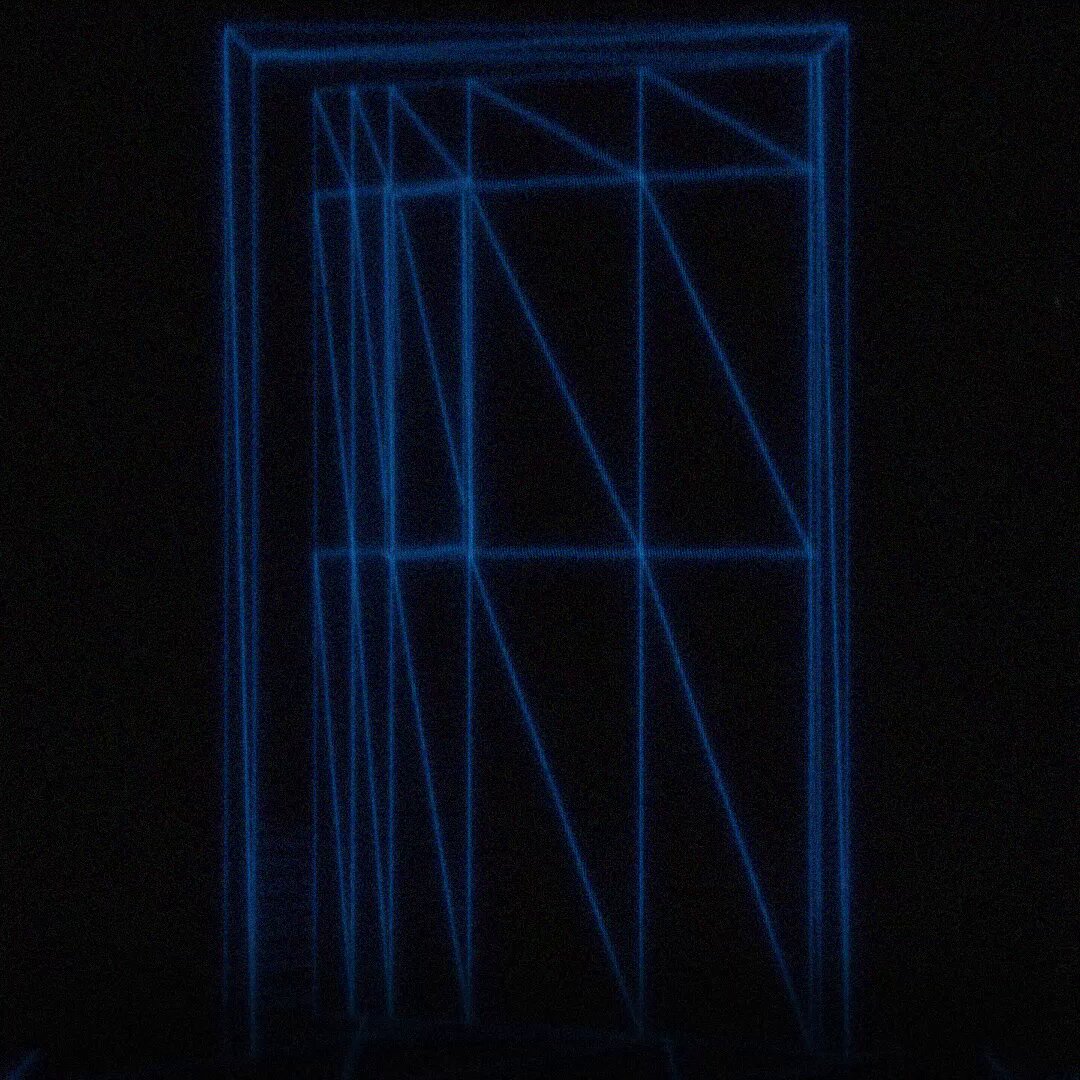
Programming myth, chaos, and composability on the mother chain
Oyl Corp is part protocol lab, part performance art. Their mission? Make Bitcoin expressive, without betraying what it is.
Before we go any further: nothing in this piece is investment advice. I’m not here to tell you what to buy. I’m here to document the strange, shimmering rituals of internet-native capital as they unfold in real time. This dispatch comes to you not as a degen, but as an onchain cultural anthropologist chronicling the mythologies, mechanics, and manic belief systems of those bold enough to stake their lives on a new kind of money. My wallet is irrelevant. My mind palace is open. Let's proceed.
Bitcoin has always somewhat resisted expression.
It resists change. It resists charm. It resists you.
You don’t build on Bitcoin. You endure it.
It is a chain of monks and militants. Of scarcity-maxis and anti-social protocol degens.
You hodl. You don’t ask questions. You certainly don’t add behavior.
So when I first heard about a group of creative coders and protocol designers trying to build a “programmable consumer layer” directly on Bitcoin L1, I assumed it was either a grift, a gimmick, or some kind of larp. Then I talked to Cole.
Cole is the co-founder and CPO at Oyl Corp, a pseudocorporate art collective that looks like a wallet, acts like a layer 1, and thinks like a postmodern cult. They're the company behind a suite of open source infrastructure designed to unlock the next stage of unstoppable programmability on Bitcoin.
When I messaged him for an interview, his first answer was: “If you knew what we were really building, your brain would snap in half.”
He wasn't kidding. Oyl Corp isn’t a typical crypto company. It’s a worldview.
A worldview built on one idea: Bitcoin isn’t dead. It’s just been muted.
The story starts in early 2023, in a design studio in Brooklyn called WetLab. Cole and Alec were talking Ordinals.
“He pilled me,” Cole says. “I didn’t even take my coat off. We just started braining.”
They weren’t the first to get excited about putting JPEGs on Bitcoin, but they might have been the first to ask what came after.
“So what do we call it?” Alec asked.
“Oyl,” Cole replied, “but spelled O-Y-L.”
First idea, best idea.

They made a deck that basically said: “There will be tokens on Bitcoin.”
They didn’t know what kind. They didn’t know how. They just knew the network was waking up.
What started as a wallet became something stranger.
Not a company. Not even a product.
More like a collective hallucination about what Bitcoin could be, if it had tools. If it had taste.
the oyl stack: programmability on bitcoin L1
Oyl Corp is now the parent company for a stack of open-source infrastructure that lets developers build natively on Bitcoin L1. Not by rewriting Bitcoin’s rules, but by interpreting them. Think:
Sandshrew, their unified RPC and indexer, is like Google Translate for raw Bitcoin data.
Metashrew, their WASM-based engine, actually reads smart contract logic from compressed WASM files inscribed directly onto Bitcoin.
Protorunes, a protocol layering framework that lets you encode logic in the same OP_RETURN outputs as Runes.
Alkanes, the beating heart: a smart contract metaprotocol where every token is a contract, and every transfer can do something.
But here's the thing…you don’t write contracts from scratch.
This isn’t Ethereum. You’re not handed a blank canvas. you’re given a tightly engineered toolkit.
Alkanes doesn’t ask you to spin up a whole new system. It gives you modular, programmable parts that slot directly into Bitcoin as it already exists. You don’t deploy contracts onto a purpose-built chain. You inscribe compressed WASM code directly into Bitcoin transactions.
Execution happens offchain, deterministically, via indexers like Metashrew, so Bitcoin never breaks consensus, but contracts still run.
It’s less about total freedom and more about powerful constraints. The design space is narrower, but more secure.
You’re not building a world from scratch. You’re wiring logic into the world’s most resilient monetary base.
“It’s not about being a dev,” Cole says. “It’s about playing with behavior that already exists.”
In other words: Alkanes is the IKEA catalog of Bitcoin programmability. Pre-fab contracts, composable logic, plug-and-play tokens. No offchain validators, and absolutely no new chains. Plus insane lore (watch below).
what makes this different from literally everything else?
A ton of projects right now are trying to do one of two things:
Build a better chain.
Build a worse app with better ideology.
Oyl doesn’t care about either.

They’re not competing with Solana or spinning up new validators. They’re not trying to lure “degen volume” or squeeze yield from airdrop farmers. They’re building the infrastructure for expressive onchain behavior where the money already is: Bitcoin.
It’s about actual distribution.
Bitcoin has users. Bitcoin has attention. Bitcoin has meaning.
And if you can make Bitcoin programmable, you unlock a latent design space that no L2 could fake.
a new cult of liquidity
The first smart contract asset on Alkanes was DIESEL: a token that mirrors Bitcoin’s economic security and issuance, and enables trustless, native, protocol-level DeFi.
The way DIESEL runs is also oddly elegant. Every time a new Bitcoin block is mined, the first transaction to hit the DIESEL contract claims that block’s reward: 3.125 tokens, halving every 4 years, until 2140. There’s no extra token for fees, no offchain scheduling. It all runs permissionlessly on Bitcoin. Watching it unfold feels like peering into a new design space, one where distribution can be playful, temporal, and trustless, all without straying from Bitcoin’s constraints. It doesn’t try to outgrow the chain. It listens to it.

If Diesel showed what programmable tokens could look like on Bitcoin, the Oyl AMM is where they’ll actually meet. Built to fit the UTXO model and powered by Alkanes, it’s the first trustless market maker on Bitcoin L1. It solves the actual problem most Bitcoin-native assets face: there’s nowhere to go with them. No rails. No markets. The AMM gives fungible tokens like Diesel or Rune-wrapped assets a place to pool, pair, and price, entirely onchain. Liquidity providers can earn yield on Bitcoin itself, and DeFi apps can build directly into it.
Then came Airheads: a cursed PFP project that cratered and resurrected itself into high-volume conviction art. If DIESEL was the proof-of-concept, Airheads became the lore.
The Whale Pass is Oyl’s high-signal collector Ordinal, only 555 exist. It accrues an onchain virtual balance every block, grants 69,420 XP when held in the Oyl Wallet, and comes with perks like a free Airhead mint. It’s part flex, part utility, part breadcrumb trail for whatever’s coming next.
People are using this stuff. And the liquidity is very real.
“I’m never selling,” Cole says. “I’ll just stake my DIESEL/OYL LP and live off protocol-native loans. That’s my CDP. That’s my life.”
oyl as performance art
This isn’t just infrastructure. This is a full-blown cultural performance.
Every product launch syncs with a symbolic block height (the indexer launched at block 880000). Every token has embedded logic. Every piece of the stack speaks to Bitcoin’s ethos, but bends it into something new.
“It’s about opt-out work,” Cole says. “This is the corporation inverted.”
You don’t need a job. You need a position in the liquidity cult.
You don’t need a boss. You need a wallet that listens.

When I asked Cole if I was an employee of Oyl Corp he asked “have you clocked in yet?”
“Everyone building on Alkanes works at Oyl Corp,” he says.
“The happiest place on Bitcoin.”





 106
106






check out my latest inteview with legend Cole Jorissen, covering all things oyl corp, alkanes, the mother chain, and cultivating compelling lore https://paragraph.com/@seedclubhq/programming-myth-chaos-and-composability-on-the-mother-chain
just published the first installment in a new series chronicling some of the most peculiar and spiritually unhinged builders in crypto the first edition looks into mythologies, mechanics, and programmability emerging on bitcoin L1 ft. Cole Jorissen, co-founder & cpo at Oyl Corp i clocked in at oyl corp so you don’t have to 🧰🩸📜 https://paragraph.com/@seedclubhq/programming-myth-chaos-and-composability-on-the-mother-chain